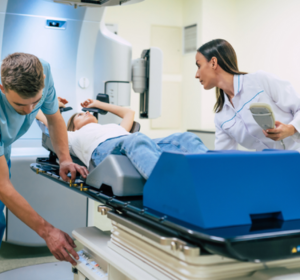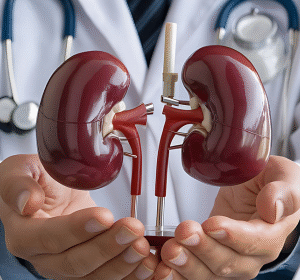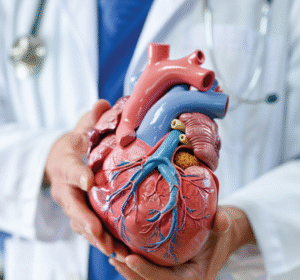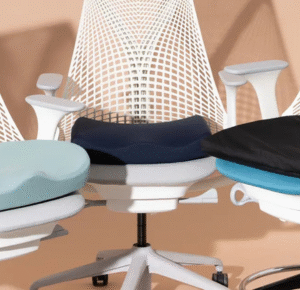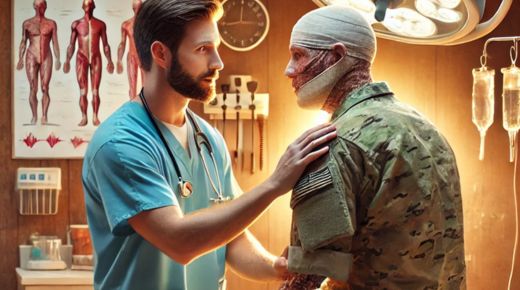
Plastic surgeons have a vital role in helping wounded veterans. They offer expertise in restoring both function and appearance for those who have served. These skilled professionals use advanced techniques to reconstruct damaged tissues and improve quality of life. Whether it’s reconstructing a soldier’s face or addressing severe burns, their work is crucial. Even procedures like Pasadena breast augmentation can be part of the comprehensive care provided. By focusing on individual needs, plastic surgeons help veterans heal and regain confidence.
Reconstructive Versus Cosmetic Surgery
Reconstructive surgery is not about vanity. It addresses essential issues for veterans who have sustained injuries during service. This includes repairing facial trauma, reconstructing limbs, and treating burn scars. On the other hand, cosmetic surgery focuses on improving appearance but can overlap with reconstructive needs.
| Type of Surgery | Primary Focus | Typical Procedures |
| Reconstructive | Restoration of function | Facial reconstruction, skin grafts |
| Cosmetic | Enhancement of appearance | Rhinoplasty, breast augmentation |
Advanced Techniques in Care
Modern technology plays a big role in the care plastic surgeons provide. Surgeons use 3D imaging and printing to plan complex surgeries, ensuring precision and better outcomes. Microsurgery techniques allow for the repair of tiny blood vessels, which is crucial in limb salvage and complex reconstructions.
For more information on these advanced techniques, the National Institute of Health provides an in-depth overview of plastic surgery advancements.
Psychological Benefits
The impact of reconstructive surgery extends beyond physical healing. Restoring appearance can greatly improve mental health for veterans. Feeling whole again can foster a sense of normalcy and boost self-esteem. This is essential in the recovery journey and reintegration into civilian life.
The Importance of Personalized Care
Every veteran’s needs are unique. Plastic surgeons tailor their approach to each individual. By considering the specific injury and desired outcomes, they provide care that is both effective and empathetic. This personalized approach ensures that each veteran receives the support they need.
Challenges in Access
Despite the clear benefits, access to plastic surgery can be a challenge for many veterans. Wait times and availability of specialized surgeons in certain areas can be barriers. Efforts to improve access are ongoing, with organizations advocating for better resources and support for veterans in need.
Support Networks and Resources
Veterans have access to various support networks that can guide them through this process. Organizations like the U.S. Department of Veterans Affairs provide valuable resources and information on available services. These networks ensure veterans can receive the necessary care without unnecessary hurdles.
The Path Forward
Plastic surgeons will continue to be an integral part of the healing process for wounded veterans. Through innovation and personalized care, they offer not just physical restoration but also hope for a better quality of life. As we advance, improving access and resources will remain key to supporting our veterans effectively.

